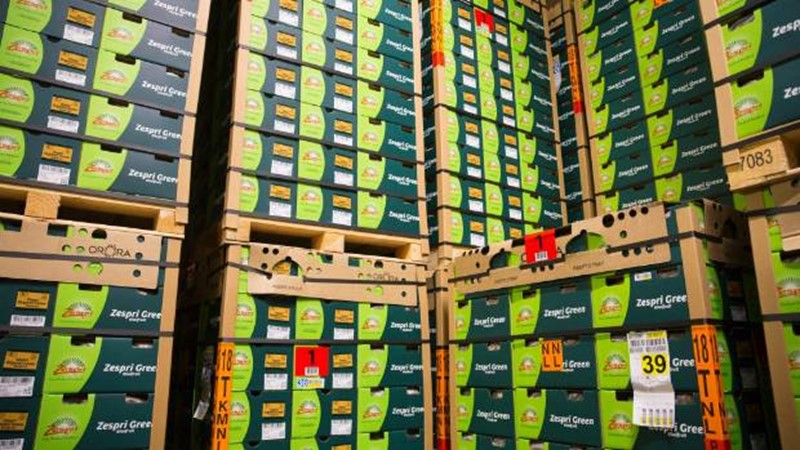Pallet Card
Every pallet of Zespri Kiwifruit has a pallet card that bears its own unique number. The pallet card also provides information about the pallet content and ensures it can be tracked back to the orchard.


Every pallet of Zespri Kiwifruit has a pallet card that bears its own unique number. The pallet card also provides information about the pallet content and ensures it can be tracked back to the orchard.


Some pallets have additional information displayed on the corner boards. It’s important that you familiarise yourself with these codes and what they mean.

 |
This is the earliest harvested fruit and will require a combination of temperature and maybe ethylene to ripen properly during shipping to ensure fruit arrives in market at its optimum. If fruit requires further ripening in market then it should respond well to further elevated temperatures or the combination of increased temperature and ethylene. |
 |
This is also early fruit. It will sometimes be treated with ethylene in containers during shipment, but not always. This fruit will ripen normally with warm temperatures but will ripen faster if treated with ethylene. |
 |
Radio frequency. A temperature logger is located in the centre of this pallet. This is to record and communicate its temperature and humidity history. The logger can only be read if you have a CU receiver that is specific for the logger. Logger type – Xsense temperature loggers. |
*KS and KM should not be stored long term. The purpose of KS and KM is to supply the market early with a premium product.

Zespri packs its fruit onto wooden pallet bases that meet the ISPM15 regulations for export pallets.
All pallets are required to display:
A Julian code that shows the date of production
An approved ISPM 15 Certification Mark
